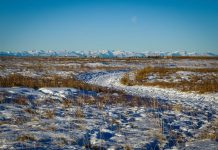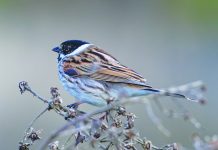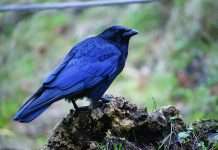The Nose Hill Park household survey reported that informal recreation and the natural environment should be supported by natural gravel or asphalt pathways, for use by seniors, bicycles, and mobility-impaired visitors. The Nose Hill Plan asked how to explain park management, public stewardship, natural history, geology, and human history related to the park.
Information on habitat is about controlled burns, mowing, restoration, rehabilitation, weed and erosion control, dog use zones, and bike use zones. Natural history of fire and bison grazing and endangered habitats are Fescue Grasslands, Aspen forests for wildlife breeding and escape areas, ponds, or wetlands. The geology offers sandstone/shale bedrock, gravels deposited by one million-year-old rivers, Glacial Lake Calgary, and beach lines at the southwest part of the hill. There’s much to be learned from archaeology.
Aboriginal use of Nose Hill was as a quarrying site for making tools; a regional lookout for games, enemies, traders; as campsites with fire-shattered rock and stone circles.
There could be an interpretive trail with displays at the main entrances and signs for the glacial erratic and beach line. Trail guides (signs along the trail) or at the main trail heads will require maintenance, servicing, and replacement costs due to vandalism. The Friends of Nose Hill may recruit volunteers to maintain/change the signs on a seasonal basis. Wheelchair accessible signs will be angled to permit reading by walking visitors. However, the visual impact of signs on the nature of open grassland was a concern.
Other ideas were hiring a full-time seasonal park naturalist; information packages for elementary school teachers containing selected walk themes, a list of materials, and a mini field guide with maps; and brochures at the park, despite the ongoing expense of pamphlet production and distribution.










